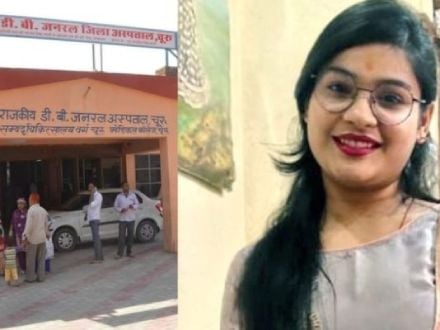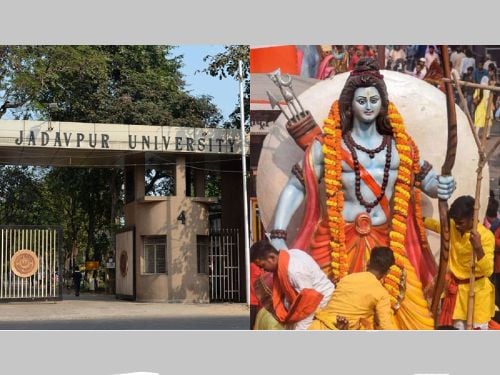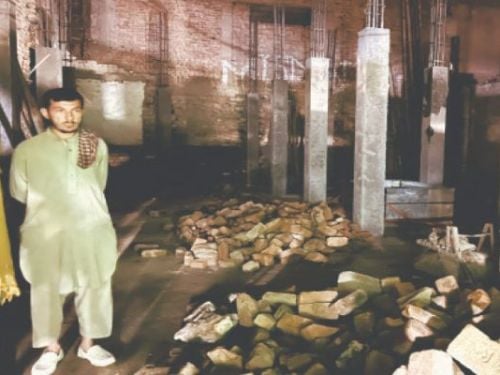PUNE, INDIA, October 25, 2005: (HPI note: The following report details how the Catholic Church in India is making clever adjustments to make itself more palatable to Indians. This continues a process begun hundreds of years ago when some of the first Catholic missionaries to the country pretended to be like Hindu sadhus. The external adaptations, however, were not accompanied by any change in the Catholic philosophy that all non-Catholics are denied heaven.)
The Catholic church will take up the study of Sanskrit, adapt to monastic life in an ashram and adopt the Hindu ritual of aarti during mass if the movement towards Indianisation of the church gets the nod from 400 priests and five bishops congregating in Pune. Starting Tuesday, Pune’s Papal Seminary, which is celebrating the 50th anniversary of its transfer from Kandy (Sri Lanka) to the city, will play host to the priests for three days. Discussions will cover the state of the church in India and the movement for its Indianisation. The Catholic church has already adopted a number of Indian traditions and practices and has come a long way, four decades after the historic Second Vatican Council (1962-65) brought an epochal shift in the modern church through its declaration on religious liberty. Pune’s Papal Seminary, which has ordained over 1,250 priests during the past 50 years, has continued with its modernisation effort along with its associate institutions such as the Jnana-Deepa Vidyapeeth (JDV), formerly the Pontifical Anthenaeum, and the De Nobili College. Pune-based Catholic leaders such as Joseph Neuner, Kurien Kunnumpuram, Francis X D’Sa, John Vattanky and Subhash Anand have been stressing for lesser control from the Vatican, to make the
church "truly Indian and genuinely Christian."
Pandikattu Kuruvilla, teacher of philosophy at JDV and the Papal Seminary’s rector, Ornellas Coutinho, explained that a number of Indian religious customs and practices have already been embraced by the Catholic church to become truly Indian. "A number of Christian priests, for example, strictly follow the ancient Indian ashram system of monastic life, such as those at the Bethany Vedavijnana Peeth (Pune), Satchitananda Ashram (Trichy), Kurusumala Ashram (Kerala) and the Sameskshna Ashram (Kalady, Kerala)," said Kuruvilla. "Practising vegetarianism, organizing satsangs and reading Bhagvad Gita are some of the changes that have taken place," he said.

 Rajasthan: Woman found hanging at a beauty parlour, Arshad, 3 others booked
Rajasthan: Woman found hanging at a beauty parlour, Arshad, 3 others booked Jadavpur Univ revokes permission to celebrate Ram Navami on campus after granting it
Jadavpur Univ revokes permission to celebrate Ram Navami on campus after granting it Andhra Pradesh: Farooq kills mentally challenged Hindu man for insurance money
Andhra Pradesh: Farooq kills mentally challenged Hindu man for insurance money Pakistan: Ancient Hindu temple in Khyber Pakhtunkhwa demolished for commercial complex
Pakistan: Ancient Hindu temple in Khyber Pakhtunkhwa demolished for commercial complex UK: Over 50 children were sexually abused by paedophile catholic monks for decades
UK: Over 50 children were sexually abused by paedophile catholic monks for decades Bihar: Goddess Bhagavati Temple in Araria vandalised and deities damaged
Bihar: Goddess Bhagavati Temple in Araria vandalised and deities damaged